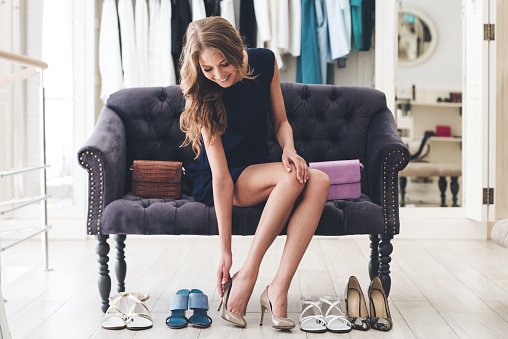Consumers everywhere are “trading up” to premium products.
By Rieva Lesonsky
Remember when everyone thought consumers would stop going to Starbucks during the Great Recession because they were watching their budgets? But they didn’t stop—because even when (maybe especially when) times are tough, consumers like to treat themselves to “little luxuries.”
According to a global survey from Nielsen, “small luxuries” are hot again. “The growth of the premium sector in many markets is outpacing total growth for many fast-moving consumer goods categories,” Nielsen reports. “And as it turns out, [it’s] everyday consumables which are rising to the top of the list of categories for which global respondents most often say they are willing to trade up.”
Topping the list of products consumers are most willing to trade up for are electronics and clothing/shoes. Nielsen reports, “Personal care and beauty categories also have strong upgrade potential, and innovation can play an important part in fulfilling unsatisfied needs.” Consumers are willing to buy premium products for hair-care (27 percent, up 42 percent from April 2015 to April 2016.), body-care (26 percent) and oral-care (26 percent) products. In the U.S., Nielsen says the premium segment accounts for 26 percent of all sales in the personal care category. Plus, from April 2015 to April 2016, 52 percent of sales in the shaving category were from premium products.
Why are consumers willing to pay more for everyday products? According to the survey, 52 percent say buying premium goods makes them feel good and 50 percent say it makes them feel confident.
If you want to take advantage of this trend, Millennials are a smart market to target—55 percent of them are willing to buy premium products.
This isn’t just an American phenomenon, and every global market has its own set of products they’re willing to spend more on. For more information, download Nielsen’s Global Premiumization Report.







